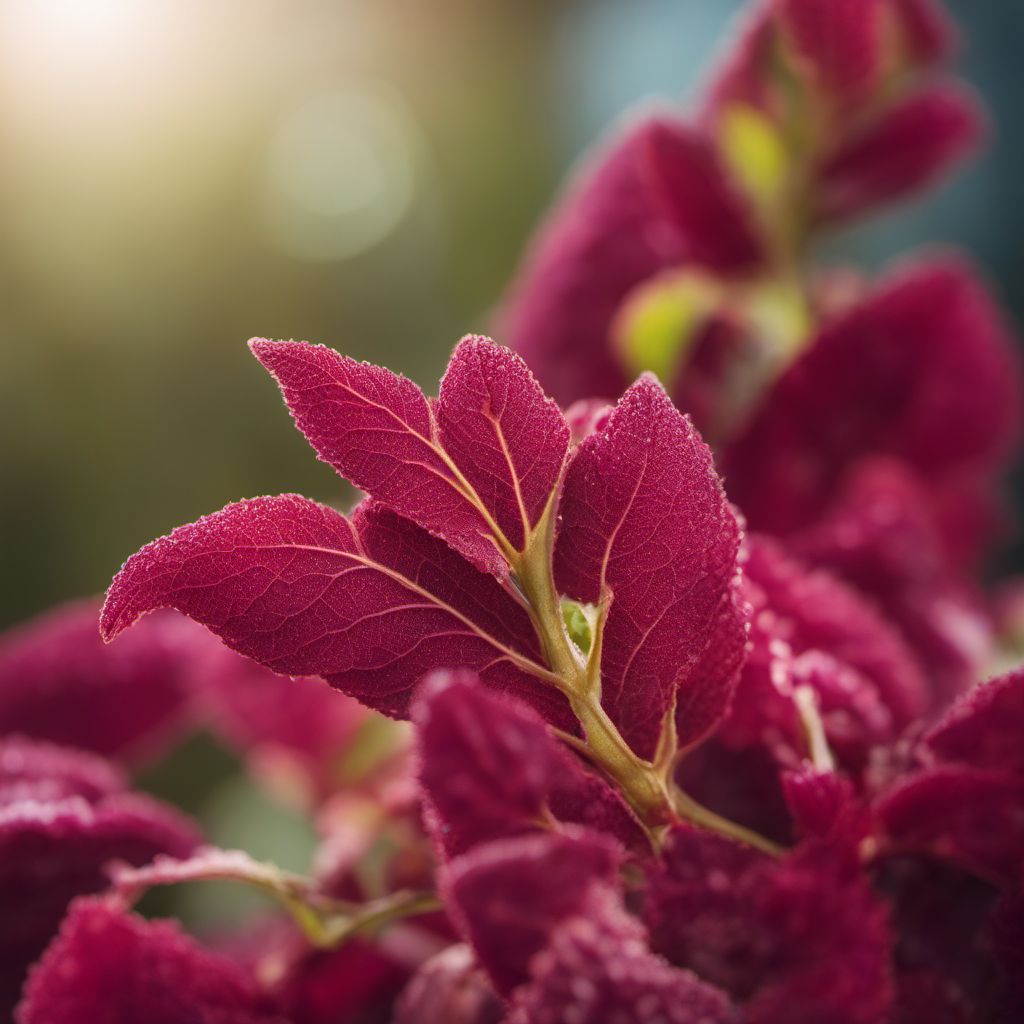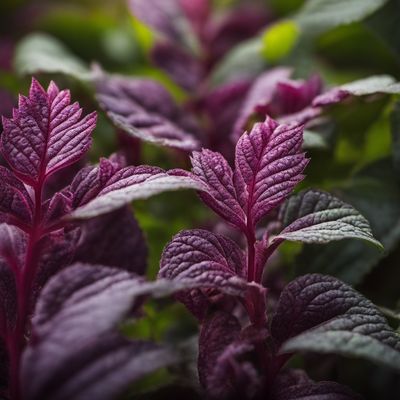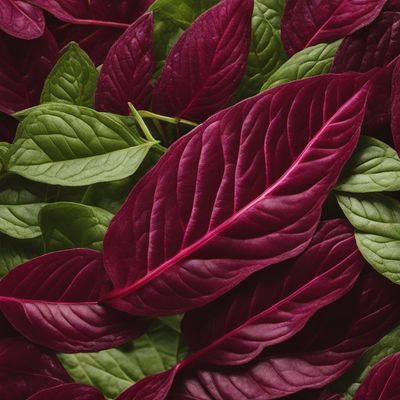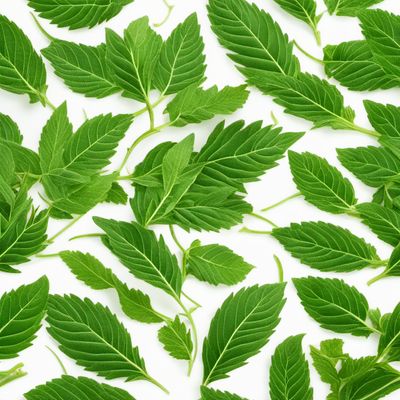
Ingredient
Spleen amaranth leaves
The Nutritional Powerhouse: Spleen Amaranth Leaves
Spleen amaranth leaves have a tender and succulent texture, similar to spinach. They possess a mild and slightly earthy flavor, making them a versatile addition to stir-fries, soups, and salads. The leaves are broad and elongated, with a vibrant green color that adds visual appeal to any dish.
Origins and history
Spleen amaranth leaves have a long history of cultivation in Asia, particularly in China and Southeast Asian countries. They have been used in traditional Chinese medicine for their purported health benefits, including promoting digestion and supporting liver function. These leaves are highly valued for their nutritional content and are considered a staple in Asian cuisine.
Nutritional information
Spleen amaranth leaves are a rich source of vitamins A, C, and K, as well as folate and iron. They also contain dietary fiber and antioxidants, which contribute to their health-promoting properties. These leaves are low in calories and fat, making them a nutritious addition to a balanced diet.
Allergens
May contain traces of oxalates.
How to select
When selecting spleen amaranth leaves, look for vibrant green leaves that are free from wilting or yellowing. Avoid leaves with signs of damage or discoloration. Opt for organically grown or locally sourced options for the best quality and flavor.
Storage recommendations
To maintain the freshness of spleen amaranth leaves, store them in the refrigerator in a plastic bag or airtight container. Use them within a few days to enjoy their peak freshness. Avoid washing the leaves until ready to use, as excess moisture can accelerate spoilage.
How to produce
Spleen amaranth leaves can be easily grown in home gardens or containers. They thrive in well-drained soil and require regular watering. Sow the seeds directly in the soil or start them indoors and transplant them once they have developed a few leaves. Harvest the leaves when they are young and tender for optimal flavor and texture.
Preparation tips
Before using spleen amaranth leaves, rinse them thoroughly under cold water to remove any dirt or debris. Trim off any tough stems or damaged leaves. These leaves can be enjoyed raw in salads, lightly sautéed, stir-fried, or added to soups and stews. They pair well with garlic, ginger, soy sauce, and sesame oil.
Substitutions
Spinach or Swiss chard can be used as substitutes for spleen amaranth leaves, as they offer a similar texture and mild flavor. However, keep in mind that the taste may differ slightly. Alternatively, bok choy or kale can be used as substitutes in Asian-inspired dishes.
Culinary uses
Spleen amaranth leaves are commonly used in Asian cuisines, particularly in stir-fries, soups, and salads. They can also be blanched and served as a side dish or used as a filling for dumplings. These versatile leaves add a vibrant touch to any dish and complement a wide range of flavors.
Availability
Commonly available in Asian countries, such as China, Thailand, and Vietnam. They can also be found in Asian grocery stores or specialty markets worldwide.



